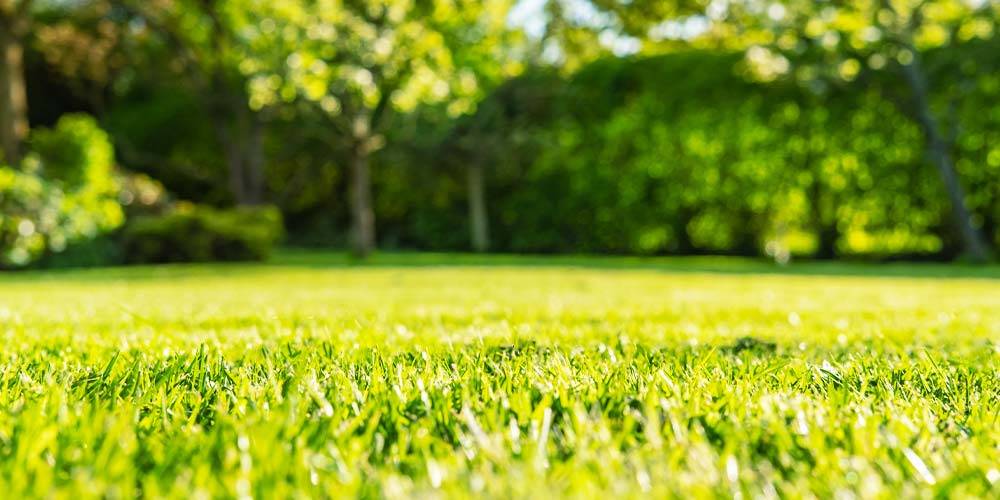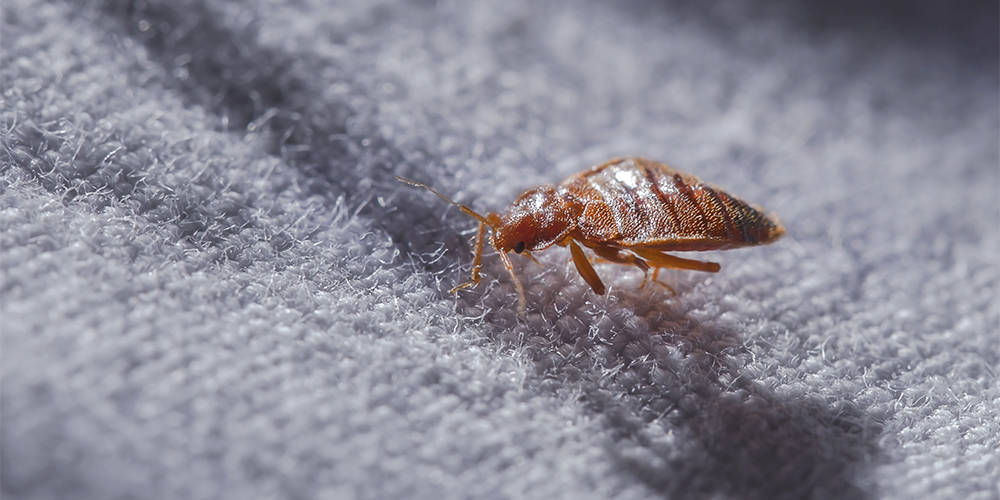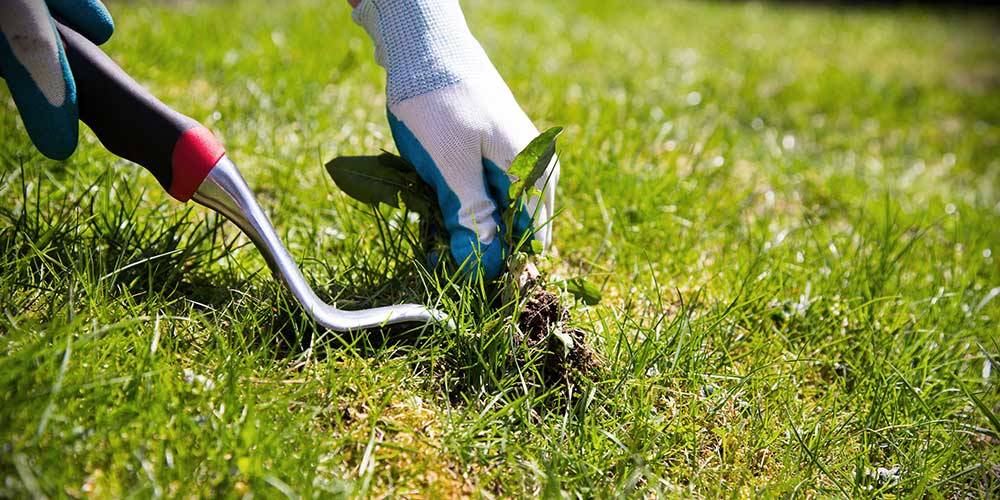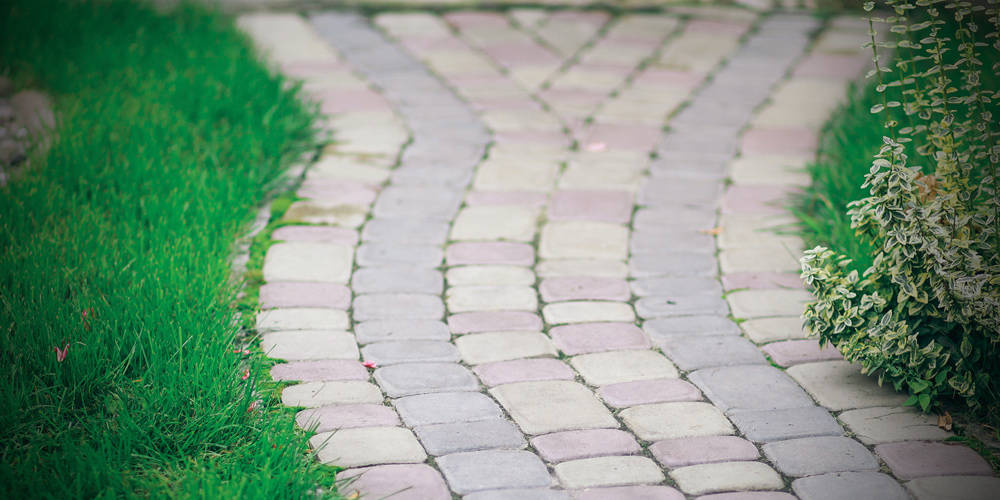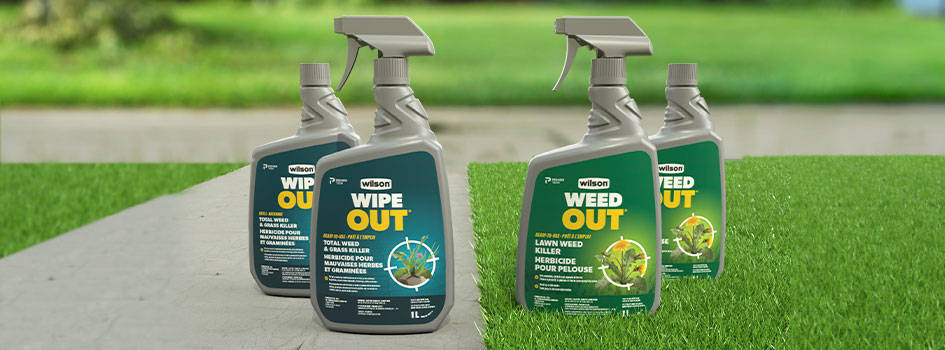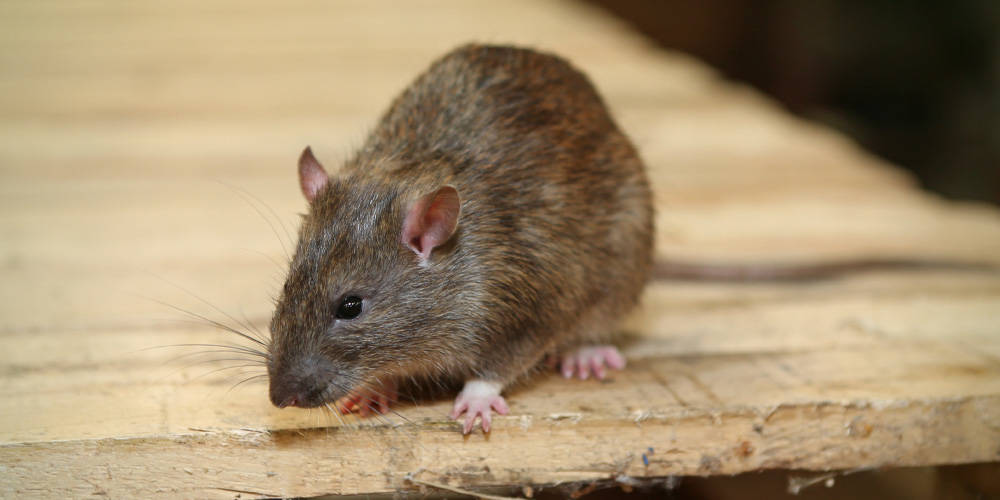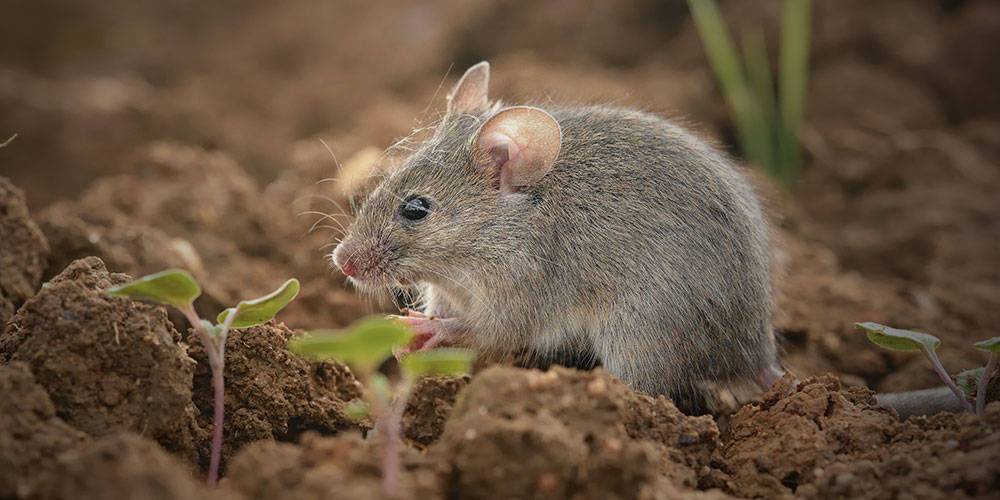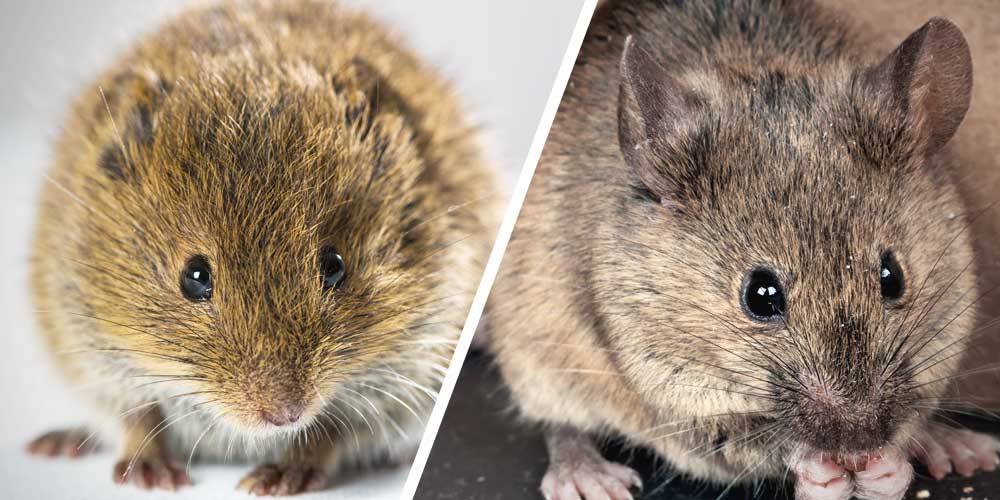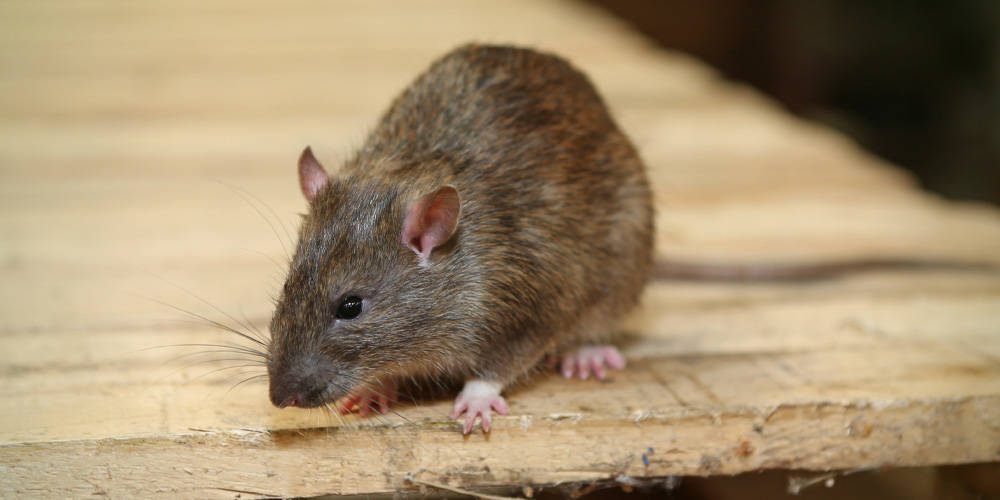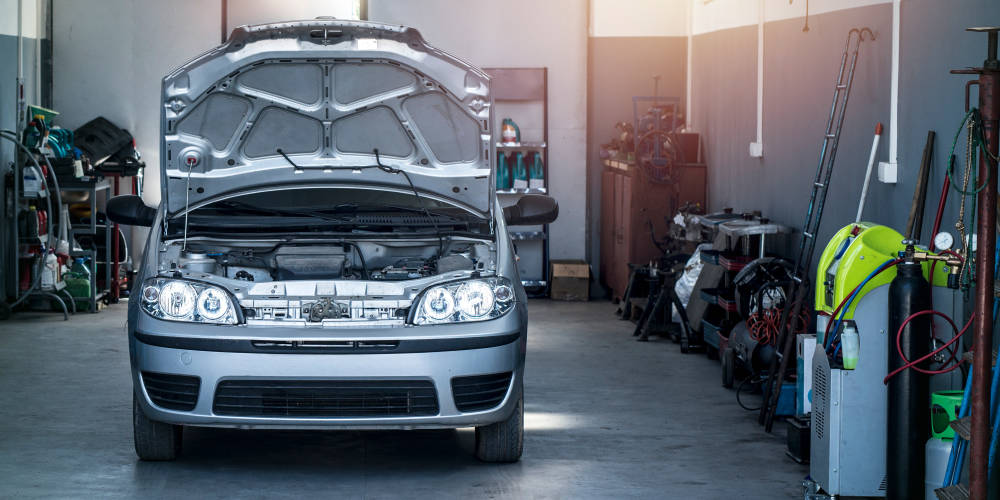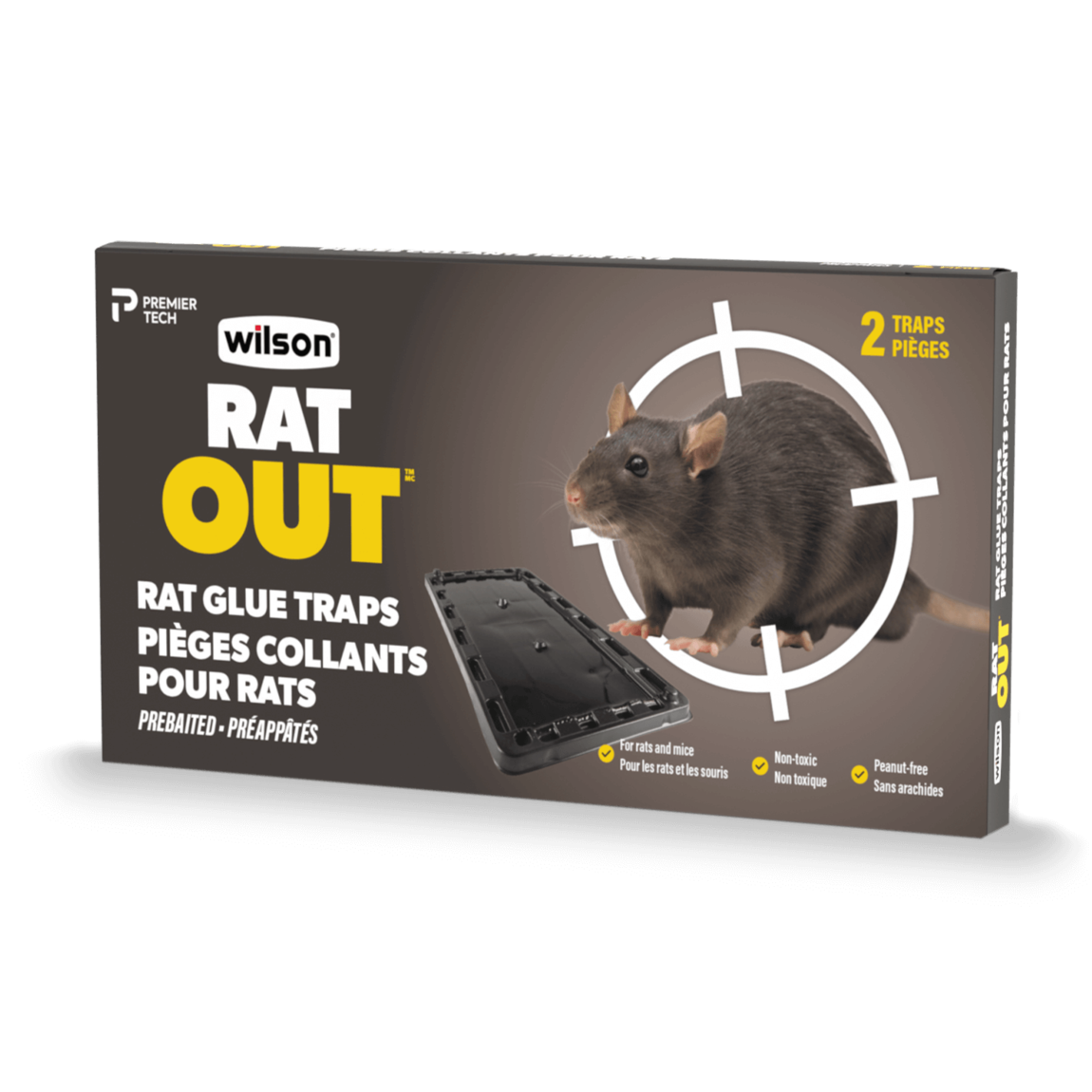

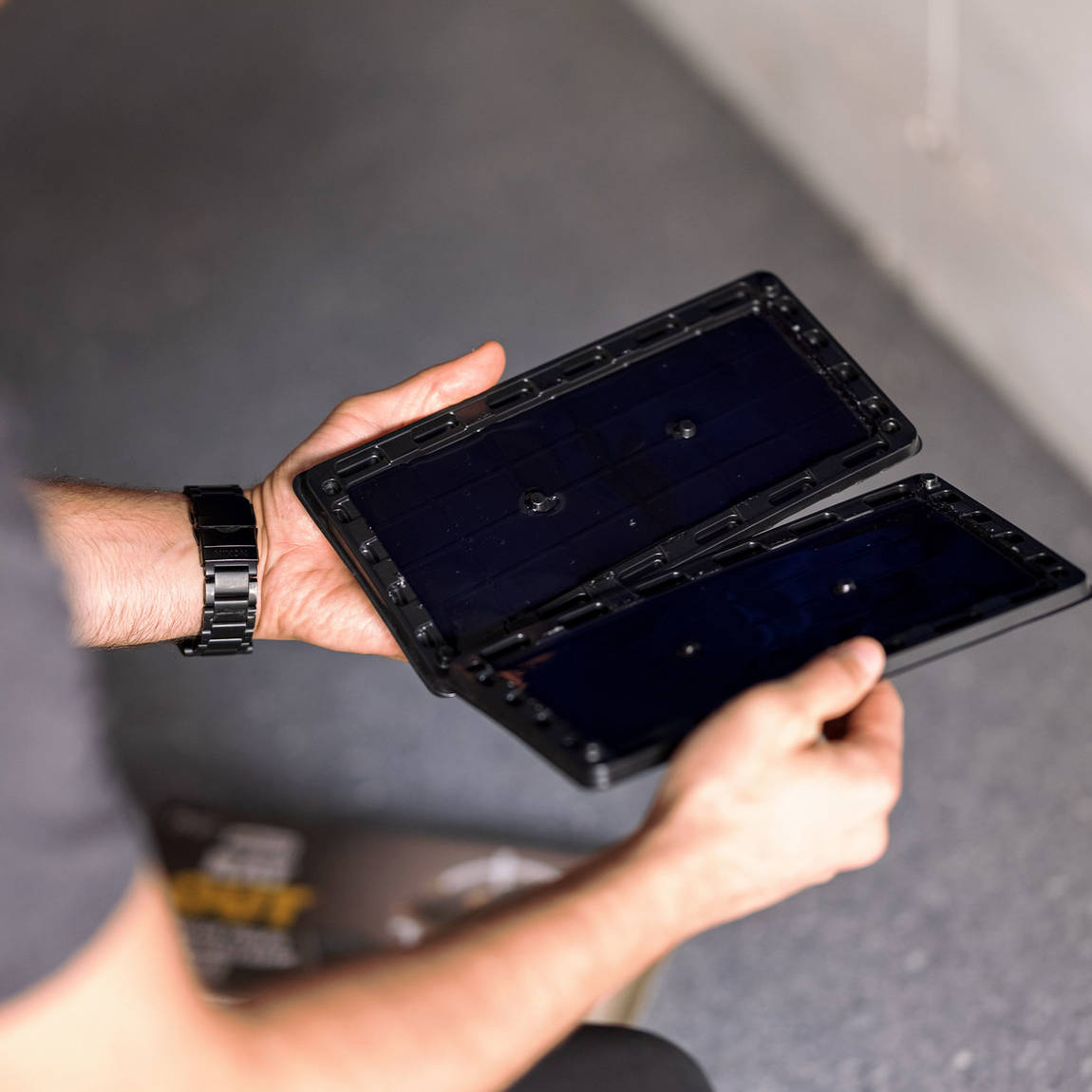

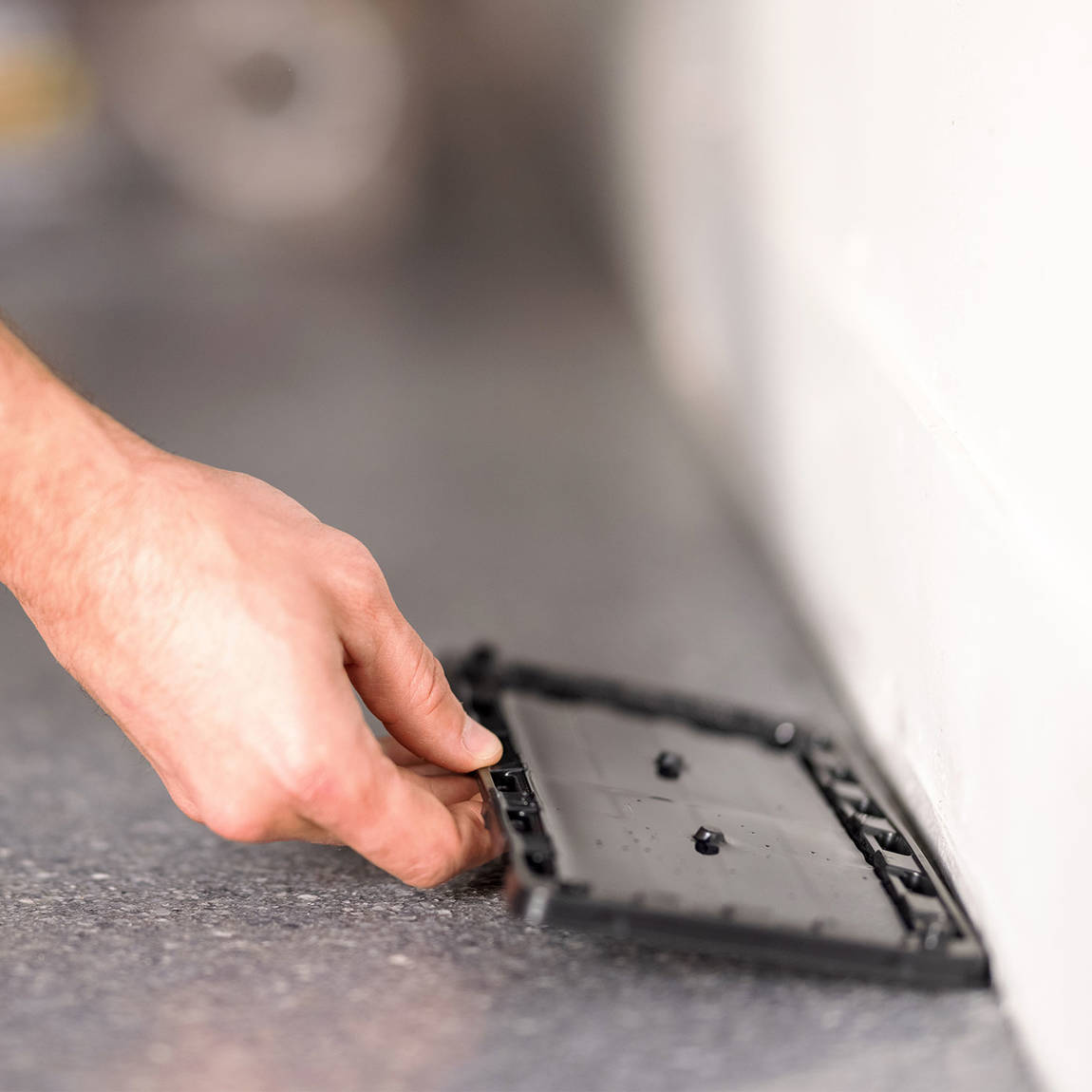

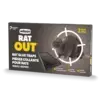
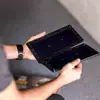
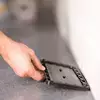
Wilson® RAT OUT™
Rat Glue Traps
Former name: Wilson® PREDATOR® Rats and Mice Glue Traps
Rats! You’ve got rats in your home and they don’t plan on leaving any time soon. You need any help you can get. Wilson RAT OUT Glue Traps are non-poisonous, effective glue traps that catch and kill rodents where they roam. Traps are prebaited with a fragrance and therefore no additional bait is necessary.
Ready to use and easy to use
Ready to use and easy to use
No poisons or chemicals
No poisons or chemicals
Effective glue traps
Effective glue traps
Prebaited
Prebaited
Where to use
Outdoors
Indoors
Suggested trap locations for rat control
- In suspended ceilings
- In lofts and attics
- In kitchens and food preparation areas
- In closets
- In garages and outbuildings
- Under floorboards and in wall cavities
- Under garden structures
- In access points to buildings
- In or under greenhouses
- Near livestock
- Around water features
Effective against
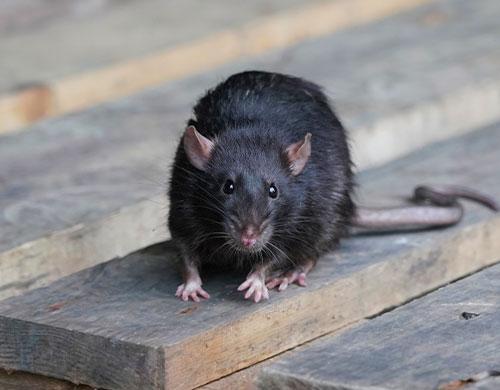
Rats
Rats
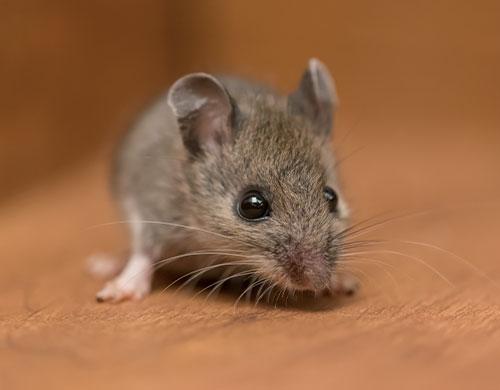
Mice
Mice
Step 1
Open package and separate traps.
Step 2
Place with glue side face up on floors, against baseboards, walls, under sinks or near burrows.
Step 3
Place traps at intervals of 1.5 to 3 m (4.5 to 9 ft).
Step 4
Check traps daily or when noise is heard. If nothing is caught within 2-3 days, move traps to a new location where rodents may be hiding.
Step 5
For best results, use several glue traps at a time.
Tips
- If additional bait is added, do not use oil-based foods such as peanut butter as this will degrade the adhesive (and allow rodents to escape). Place additional bait in centre of trap.
- Protect traps from dust for maximum effectiveness.
- In case of contact with adhesive, use vegetable or mineral oil to remove from skin.
- Use paint thinner for easy cleanup on floors and other surfaces.
- Do not use outdoors – exposure to the elements may wash away adhesive glue
Warnings
- Keep out of the reach of children, pets and animals.
- Do not use in areas where birds or non-target animals may come into contact with traps.
- Avoid use in extreme heat or direct sunlight.
Dispose of the trap with the rodent in household garbage.
Store in a dry place.
For additional product information or in case of emergency, spills or fire, call toll-free 1-800-268-2608.
General precautions
- Keep out of reach of children.
There are no active ingredients. The glue traps the rodents.
Frequently asked questions about Wilson RAT OUT Rat Glue Traps
Place with glue side face up where you suspect activity, for example on floors, against baseboards, walls, under sinks, etc. If placed where there is activity, the pest gets stuck in the glue and cannot escape. If you want, you can put an additional bait in the centre of the trap to attract them.
The glue on the trap surface is not poisonous to people and pets. However, sometimes pets and humans can get the trap stuck on them. Care must be taken to place traps in areas inaccessible to people and pets.
- Open package and separate traps.
- Place with glue side face up on floors, against baseboards, walls, under sinks or near burrows.
- Place traps at intervals of 1.5 to 3 m (4.5 to 9 ft).
- Check traps daily. If there is no catch within 2-3 days, move traps to a new location where rodents may be hiding.
- For best results, use several glue traps at a time.
Always put MOUSE OUT Rat Glue Traps in areas where there is a lot of activity. If you see rat droppings, this is a sign that traps should be placed in that room. Place traps along the walls and edges of your room. Rats aren’t likely to go through the centre of the room unless they are being chased. Instead, they tend to scurry along the edges of your room. Put traps along the walls near entry points like doors and windows.
Move your traps to different areas if no rats have been caught within a few days of putting them in place. Sometimes you have to experiment with placement to figure out what will work. It is essential to trap as many rats as possible in order to rid your home of a possible infestation quickly.
Many people realize they have a rat problem when the rats have already entered and can be heard in an attic or scratching inside walls. At times, rats are first discovered when electrical wiring or pipes are chewed and damaged. It can also be quite alarming to walk into a kitchen or pantry and find your food storage has been raided by rats.
If you suspect you may have rats but have not seen one, you may notice other signs like brown smudges on walls or other items caused by rat grease as they rub these surfaces. Often the first sign is the presence of rat droppings in pantries, cabinets and other places in the home.
Haven't found the answer to your question?
We are here to help you!
Similar products
To help you kill rats
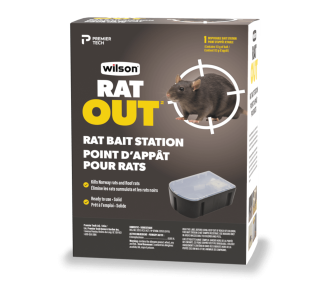
RAT OUT
Rat Bait Station
Rodents: we don't like them any more than you do. Kill mice in their way with Wilson Control's anticoagulant rat bait station, the best in rodent defense.
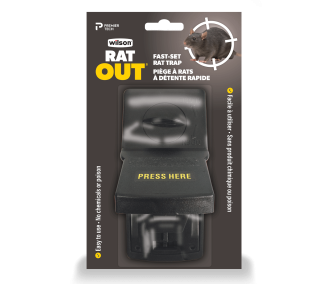
RAT OUT
Fast-Set Rat Trap
Stop rats in their tracks with the Fast Set Rat Trap by Wilson Control. Solve your rodent problem quickly and efficiently with completely touch-free disposal.
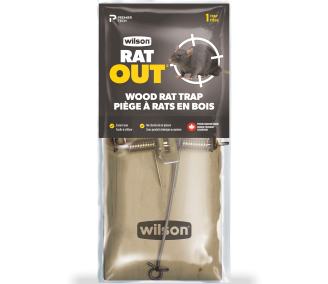
RAT OUT
Wood Rat Trap
Top quality hardwood trap that kills rats quickly without using poison or chemicals. Easy disposal of dead rodent.
